MKT220 Report: Understanding Consumer Behaviour of Louis Vuitton
VerifiedAdded on 2022/08/14
|12
|715
|29
Report
AI Summary
This report provides an in-depth analysis of Louis Vuitton's consumer behavior, examining the company's history, current issues, and marketing strategies. The report identifies the importance of understanding consumer behavior for organizations, particularly in defining target segments. It outlines the primary and secondary objectives of a marketing campaign, focusing on market expansion and ethical production. The targeted consumer segments are defined, including demographics, purchasing habits, and preferences. The report details the marketing activities, primarily digital marketing strategies such as social media and content marketing, and outlines methods for evaluating campaign success, such as increased website visits, consumer surveys, and sales data. The conclusion emphasizes the potential for Louis Vuitton to overcome its challenges by leveraging consumer behavior insights and implementing the recommended marketing activities. The report references various academic sources to support its findings.
1 out of 12
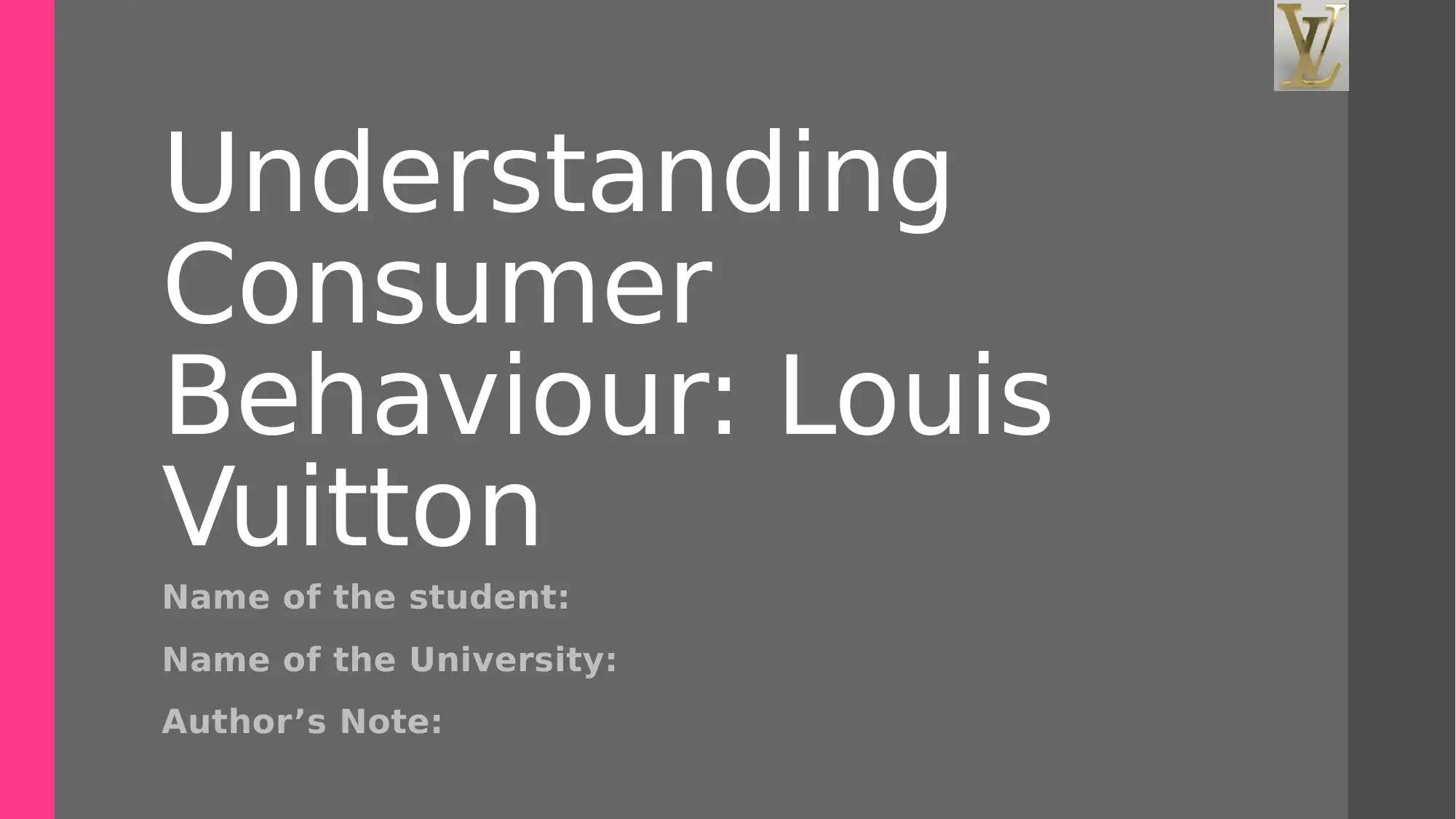
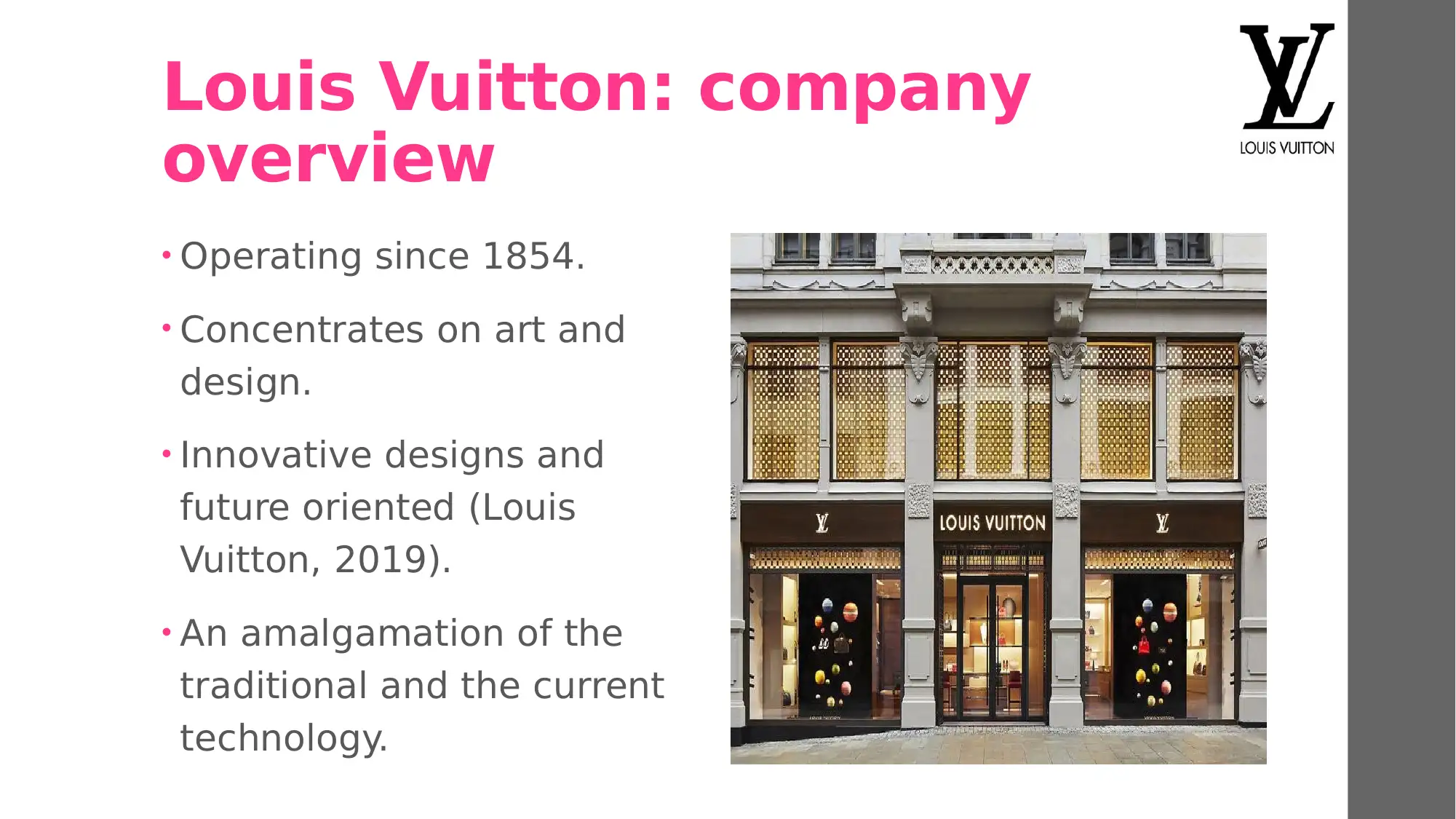
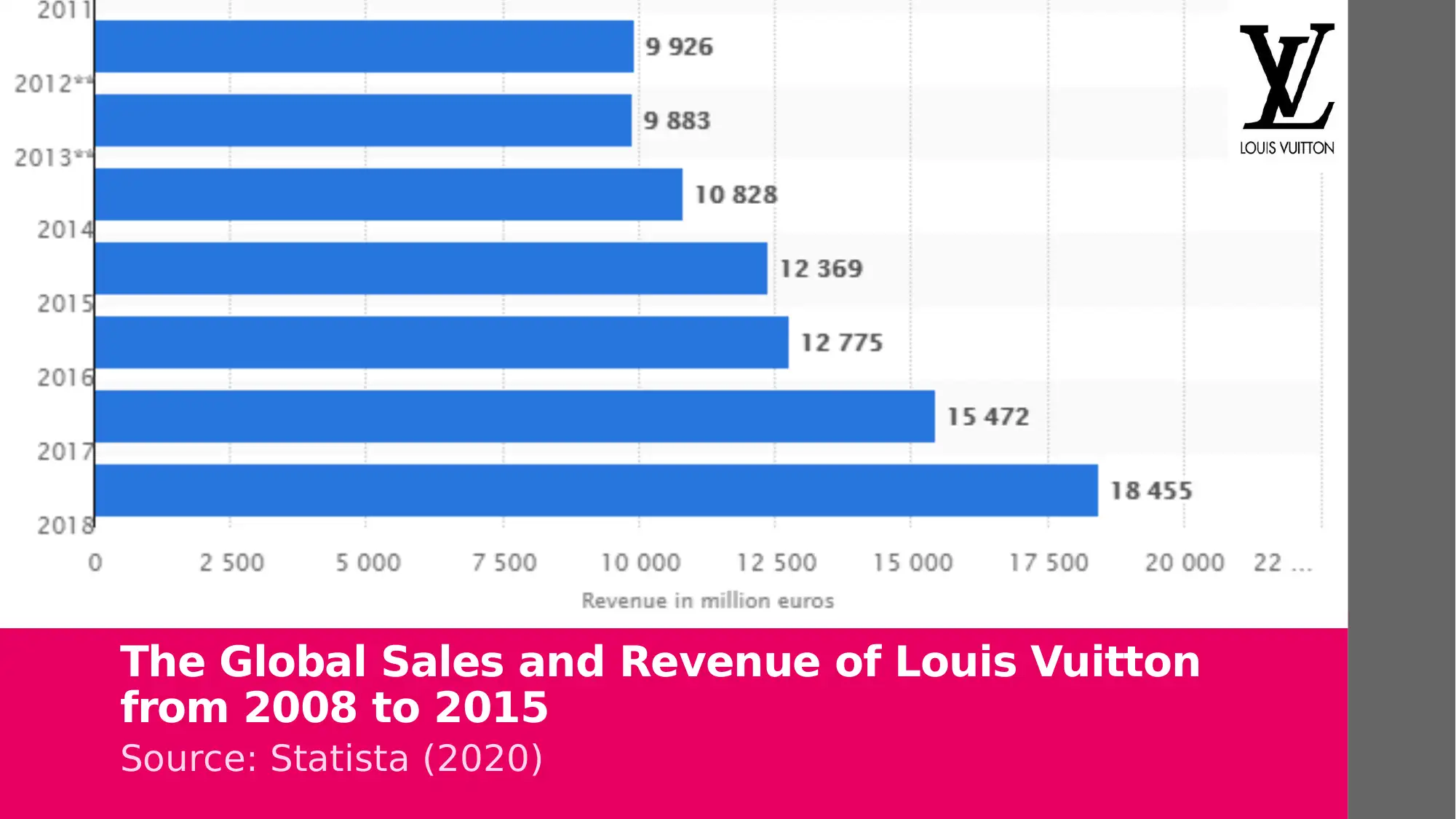

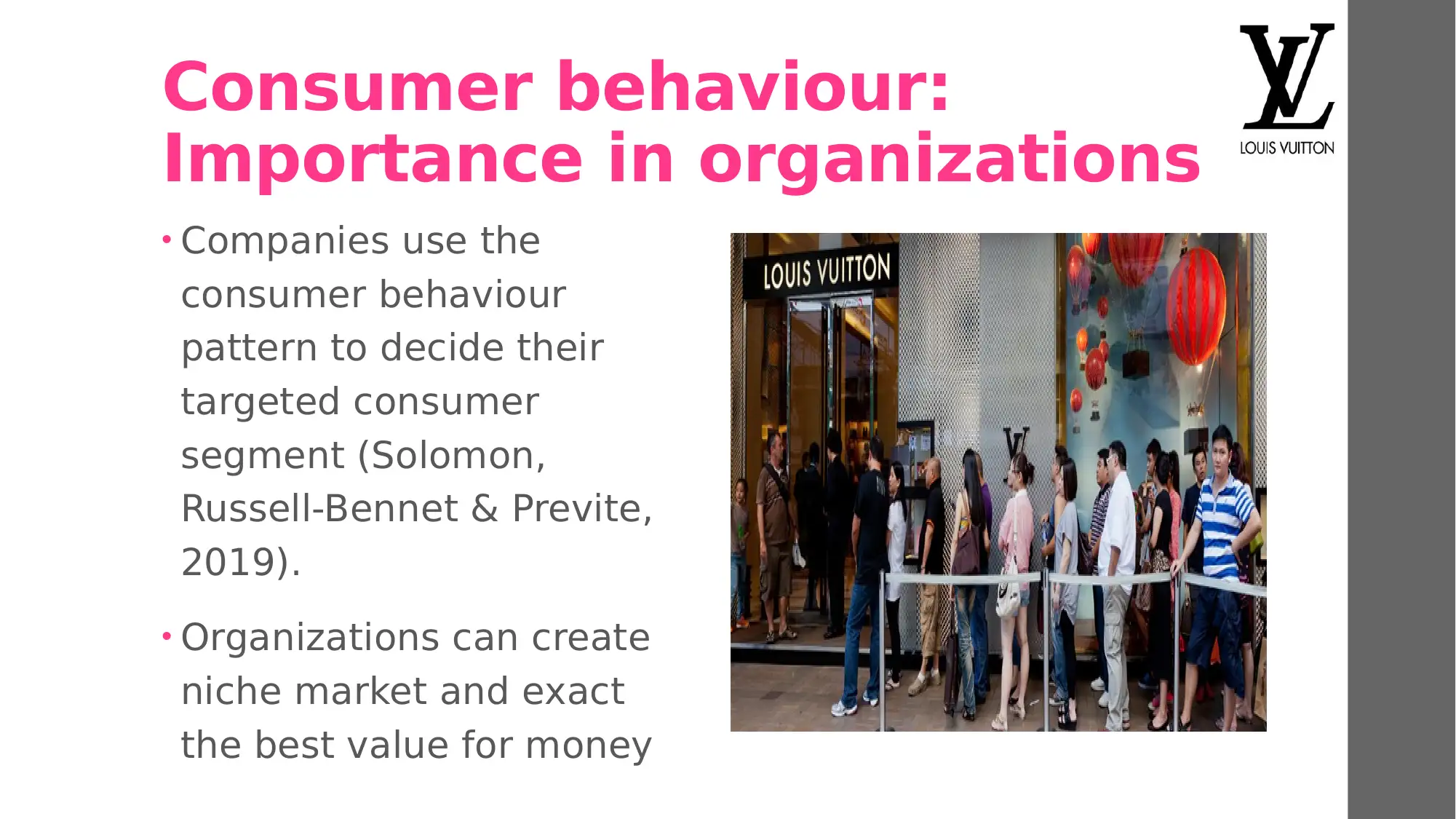
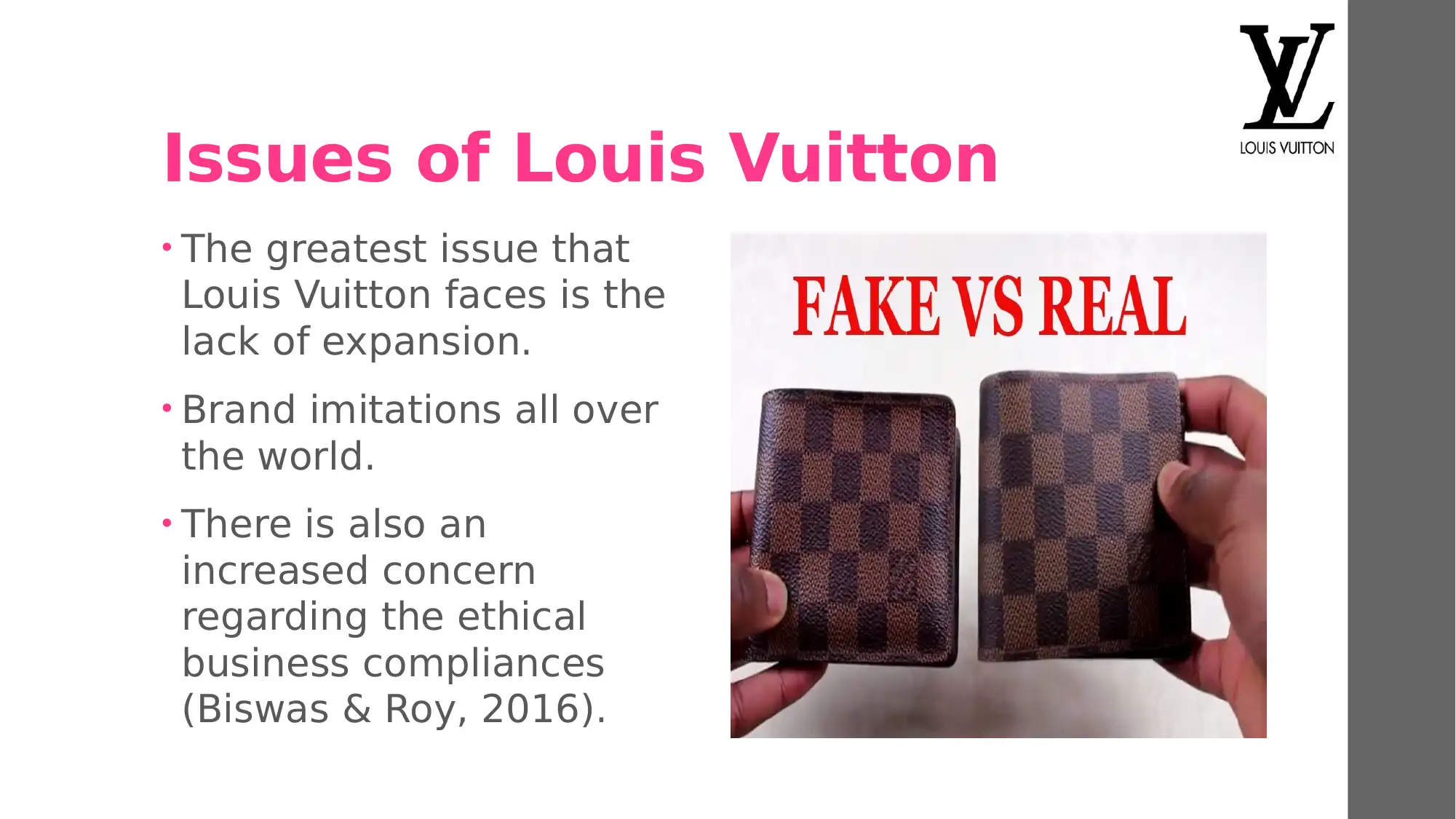
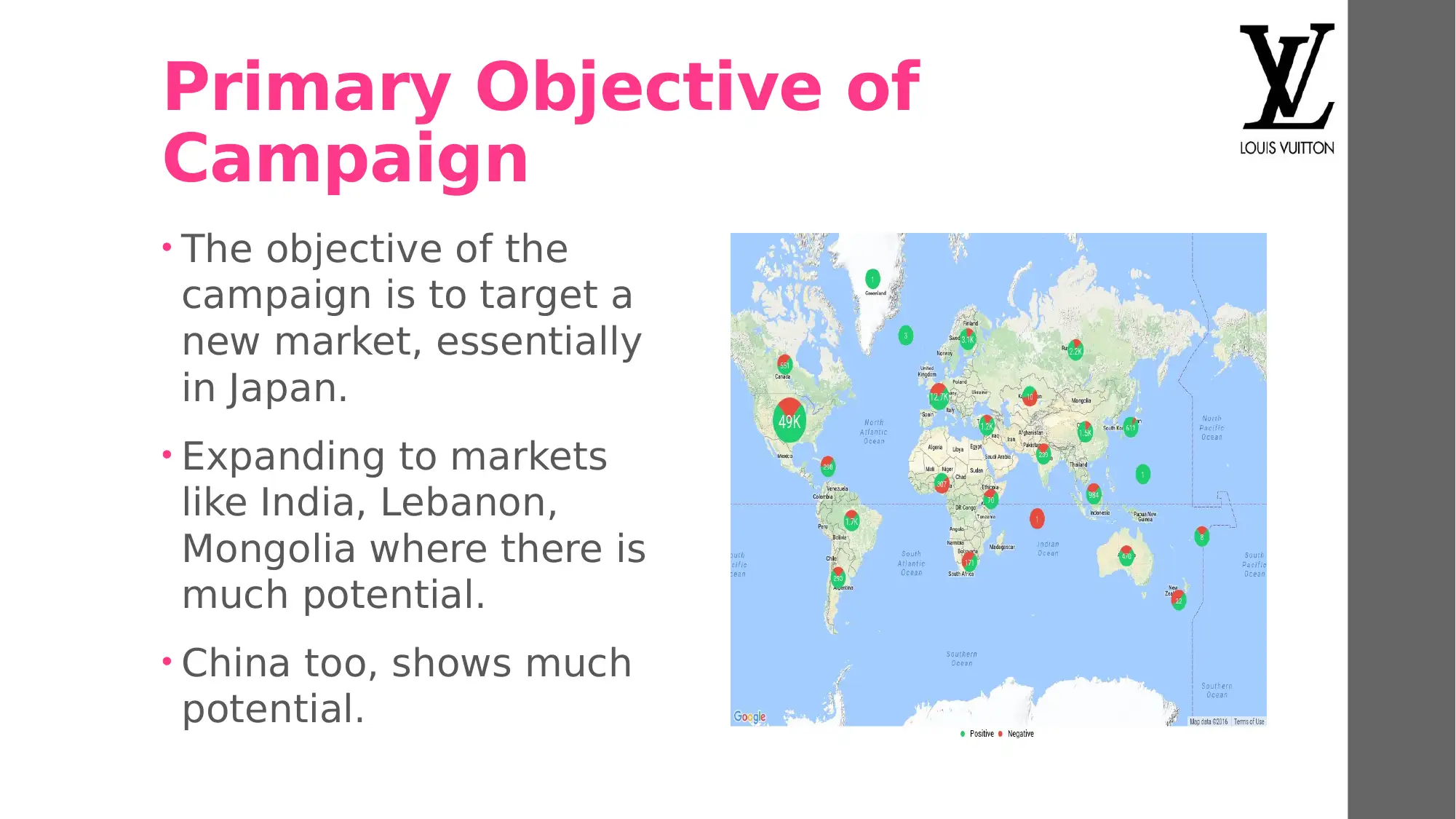
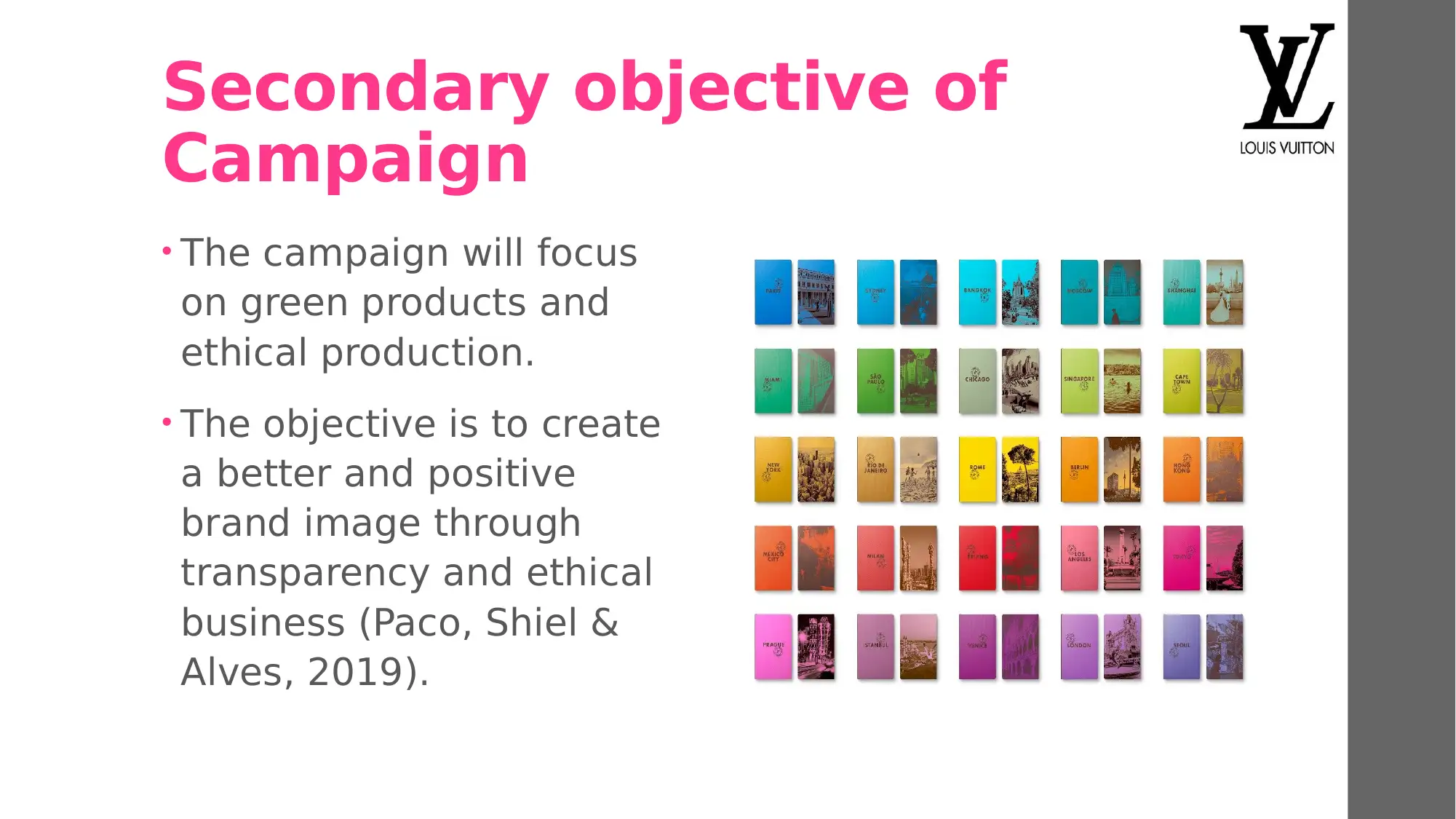
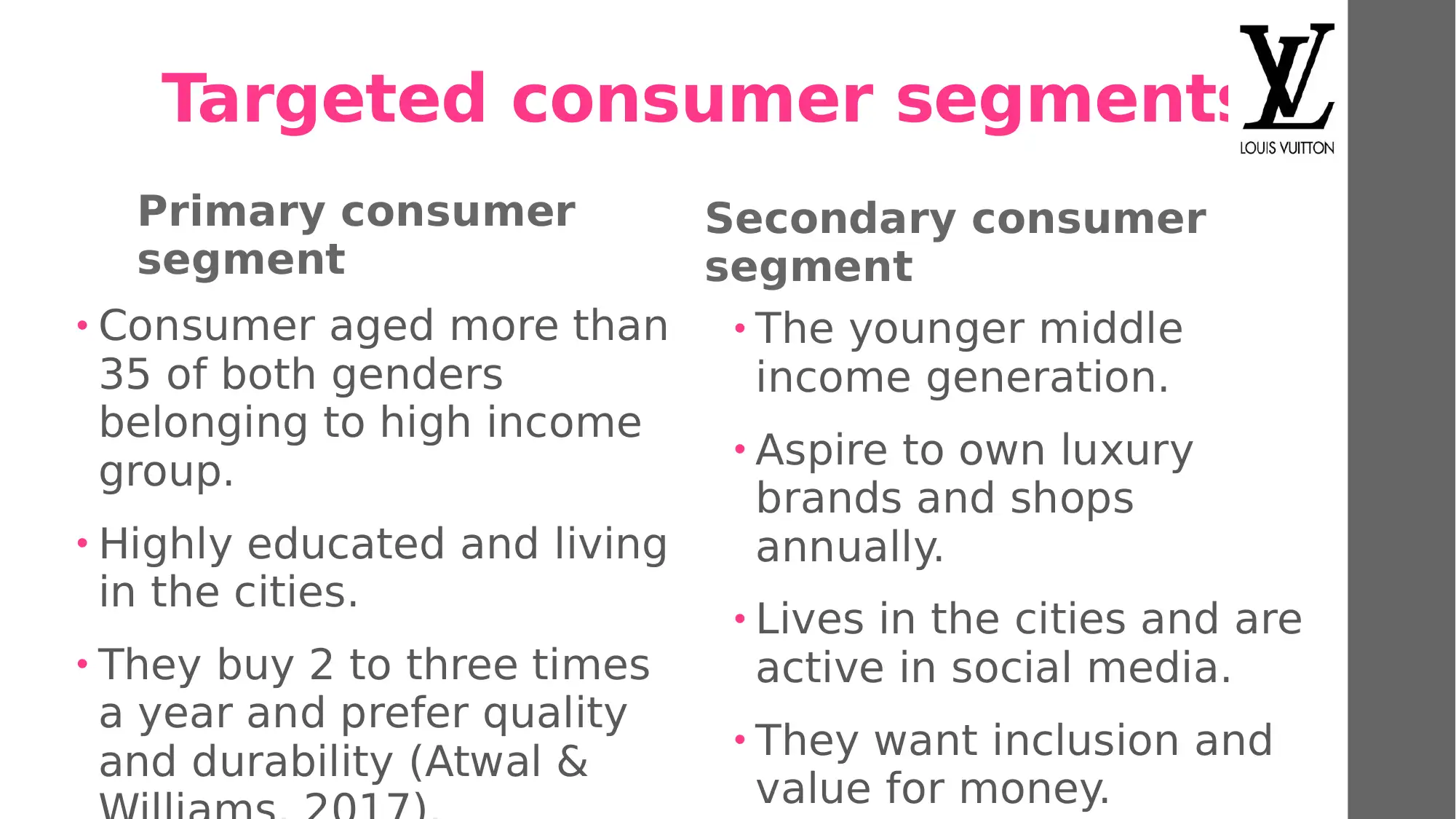
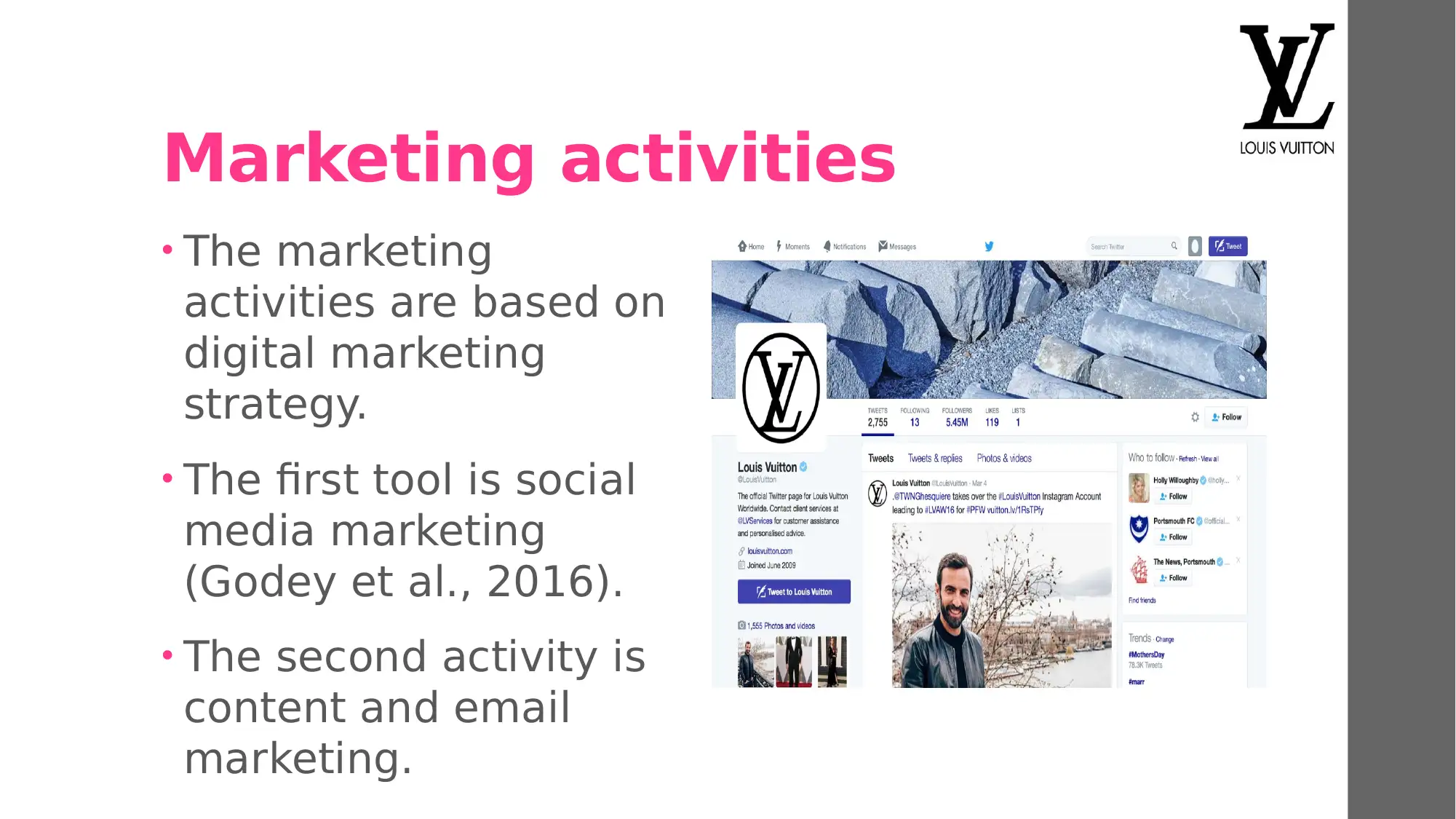
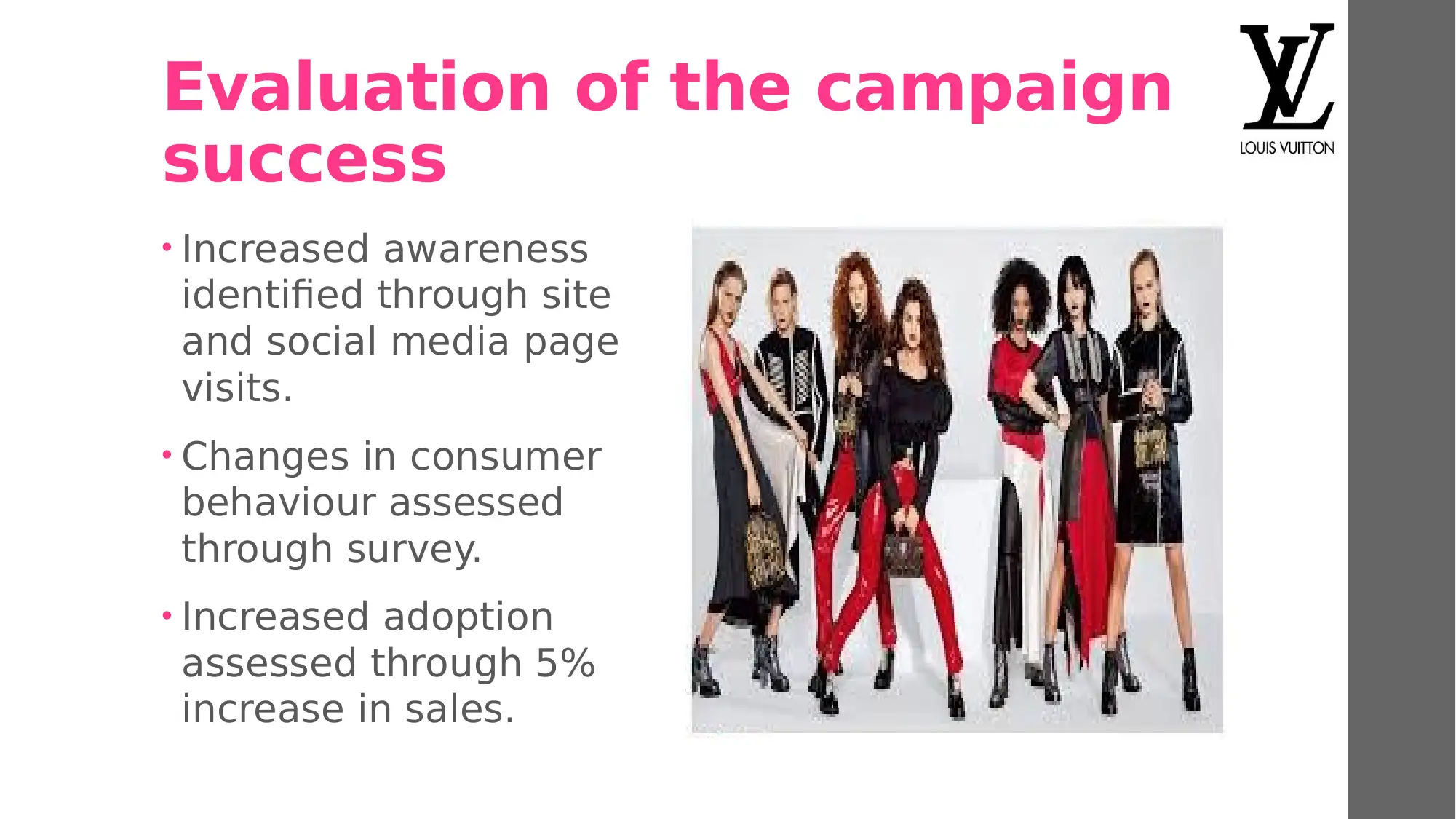
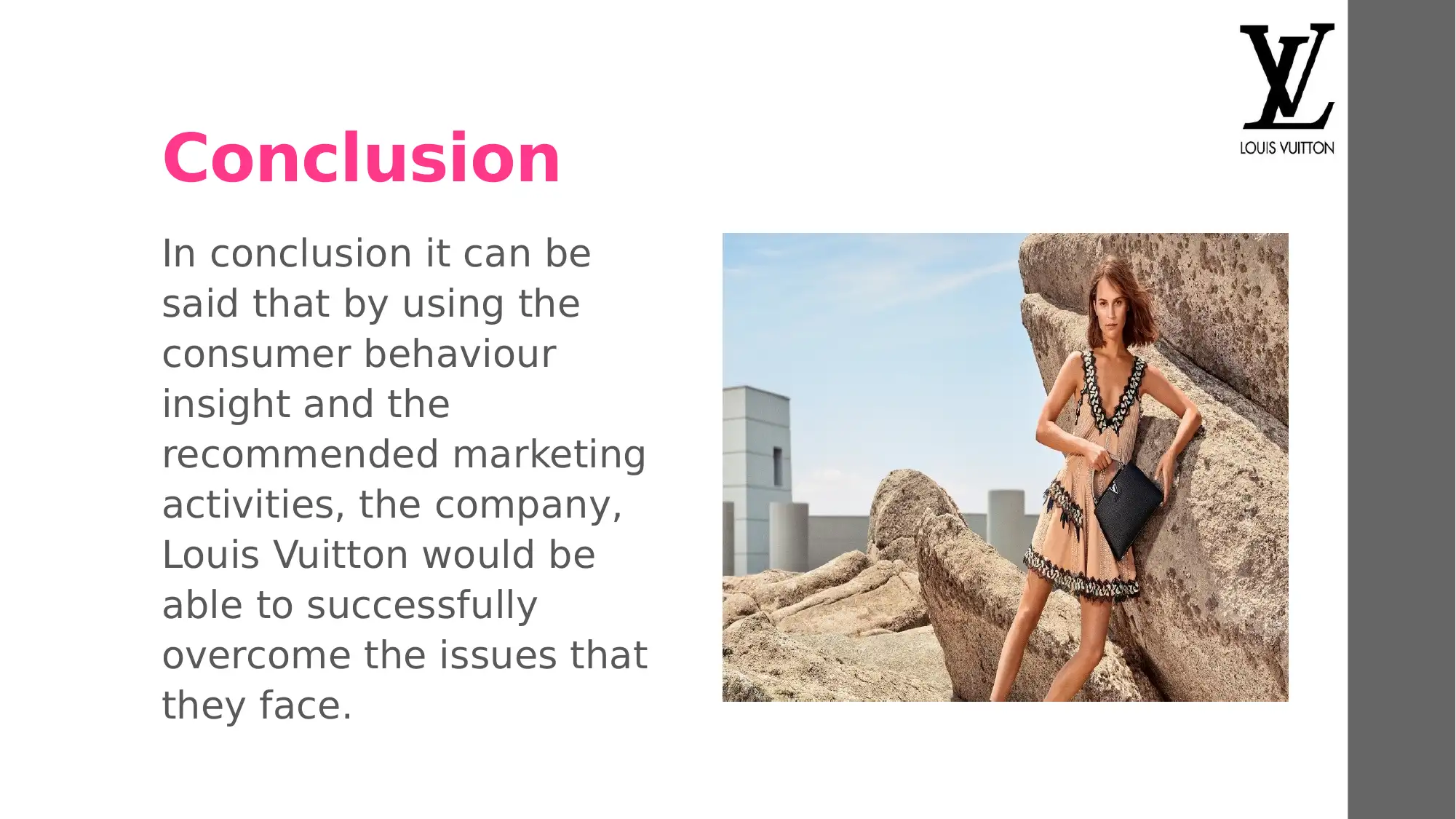
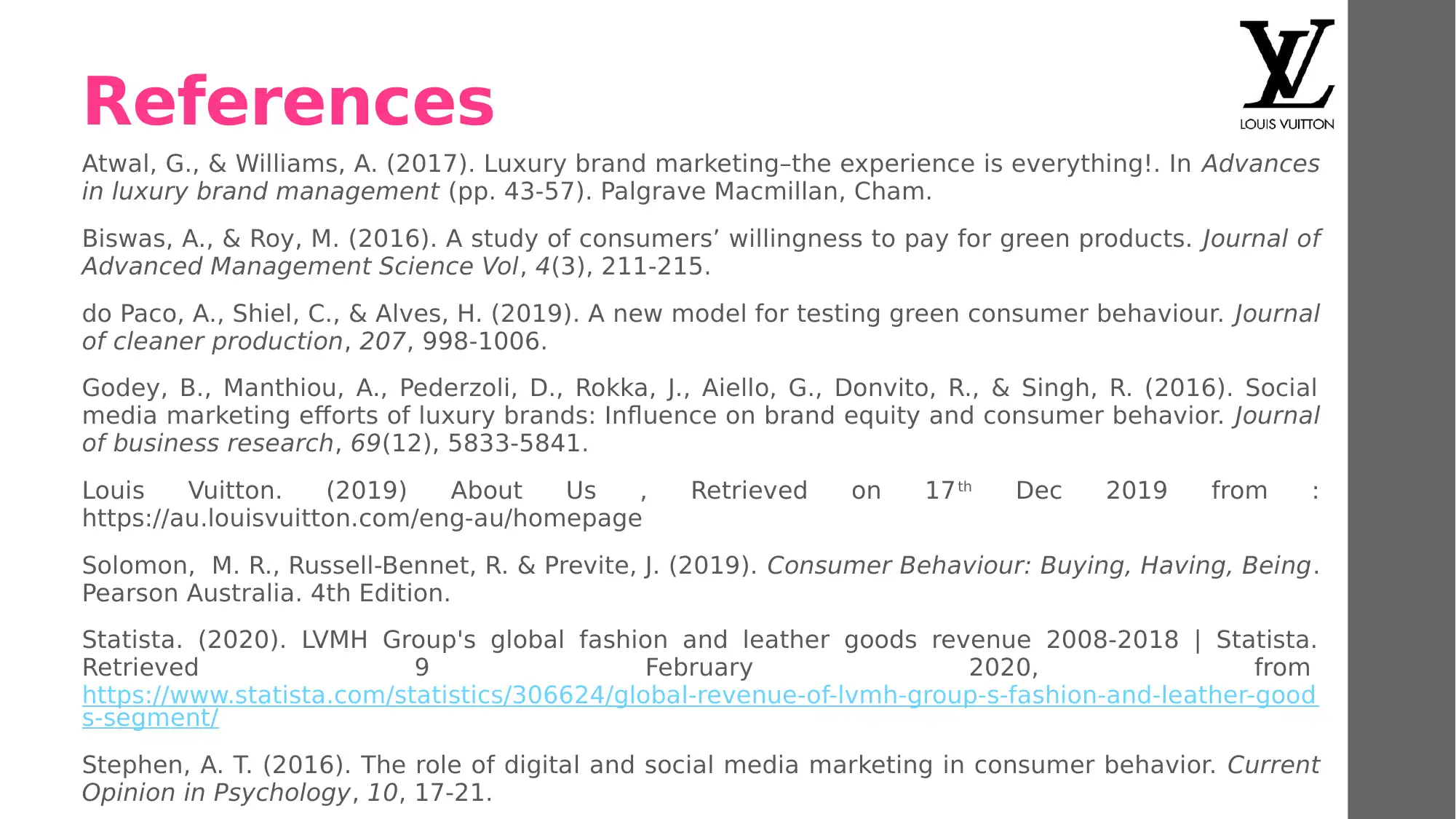






![[object Object]](/_next/static/media/star-bottom.7253800d.svg)